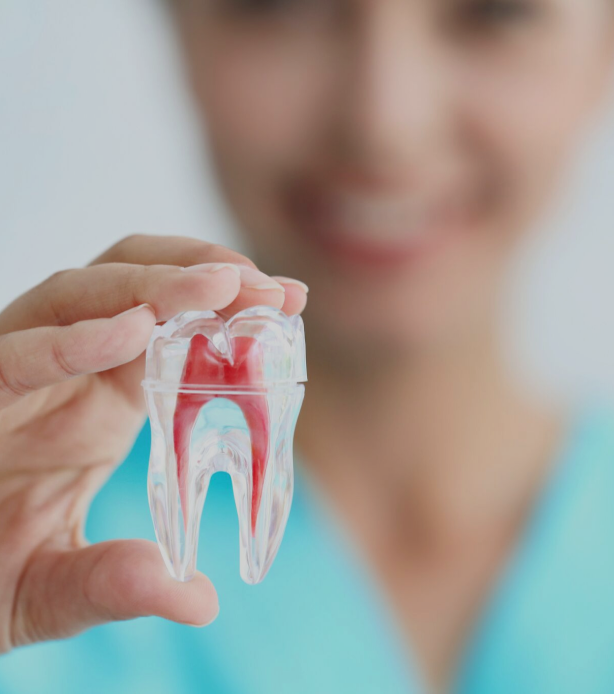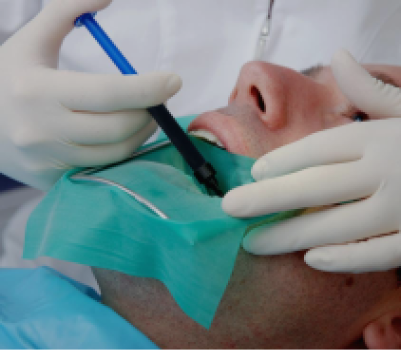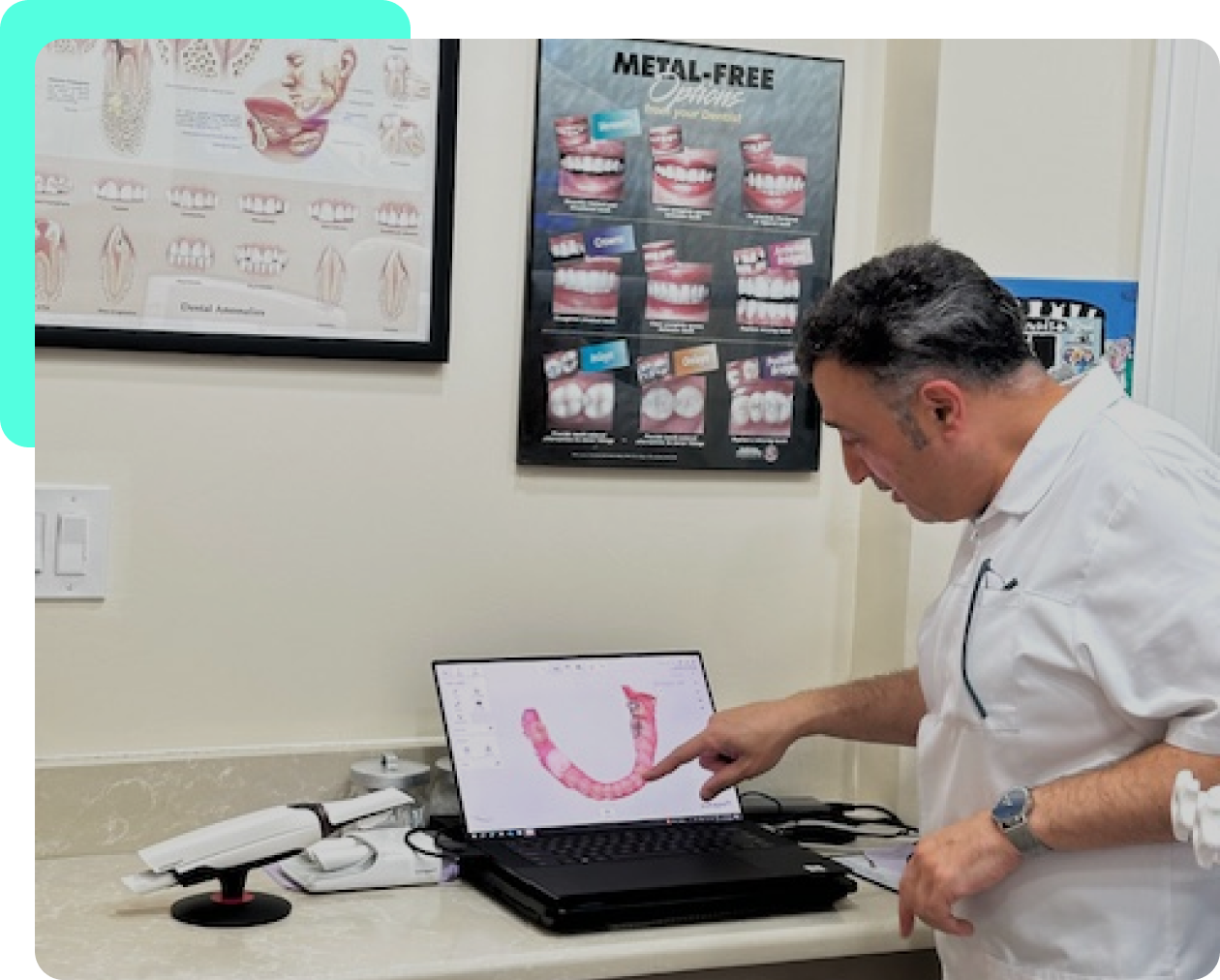
When decay makes a small hole in the tooth, we call that a cavity. If a cavity is left untreated, decay can spread until it makes its way to the innermost part of the tooth, known as the root canal. Inside the root canal, the tooth’s most sensitive tissues, called the pulp, are stored. When the pulp becomes infected, you may experience intense pain. Once the pulp is infected, it can’t recover and must be removed.
You may need root canal therapy if you experience:

When you come to our office, your teeth and mouth will be examined to assess the state of your oral health. You may have X-rays or scans taken so we can see the extent of decay prior to the procedure.
Before we start, you’ll be given a local anesthetic so you won’t feel pain during the procedure. We’ll then begin by drilling a small hole into your tooth for access to the root canal. The infected tissue will be scooped out little by little until it’s completely removed. If your tooth isn’t strong enough once the root canal procedure is finished, we can put a dental crown on it. Crowns strengthen and protect teeth while looking natural.
Once your procedure is done, you’ll be given aftercare instructions to ensure your recovery is as quick and uncomplicated as possible.



Root canal therapy is often associated with pain, but advances in dental technology and anesthesia make it much more comfortable today. Patients typically feel little to no pain during the procedure. Some mild discomfort may occur afterward, but this can usually be managed with over-the-counter pain relievers.
It’s normal to experience some soreness for a few days after a root canal as the tissue around the treated area heals. However, if the pain is severe or persists beyond a few days, it’s best to contact your dentist.
Root canal retreatment is a second procedure performed when the initial root canal treatment fails to fully resolve the infection or if new issues arise. The dentist will remove the filling material, clean the canal, and reseal it to ensure proper healing.
A “hot tooth” is a term used to describe a tooth with severe inflammation, often causing intense pain. This condition can make it more challenging to numb the tooth during treatment, but dentists use specialized techniques to manage the pain effectively.
A dead tooth usually changes color (often becoming gray or darker) and may be accompanied by symptoms like pain, swelling, or sensitivity to touch. Dentists can confirm this through X-rays or by testing the tooth’s response to stimuli.
It’s uncommon, but some patients experience headaches after a root canal, usually due to inflammation or jaw tension from holding the mouth open during the procedure. Any headaches typically subside within a few days.
The duration of a root canal depends on the tooth’s condition, but most procedures take about 60-90 minutes. More complex cases or molar teeth may require additional time or multiple appointments.
What sets us apart


We offer special pricing for senior patients for most procedures. Please give us a Call if you have any questions.

Yes, we’re taking on new patients now! Come and visit us and we’ll talk about your dental needs, cosmetic goals, and more…

Best Package For You
$195
Quick Links
© 2025 New Wave Dentistry All Rights Reserved.